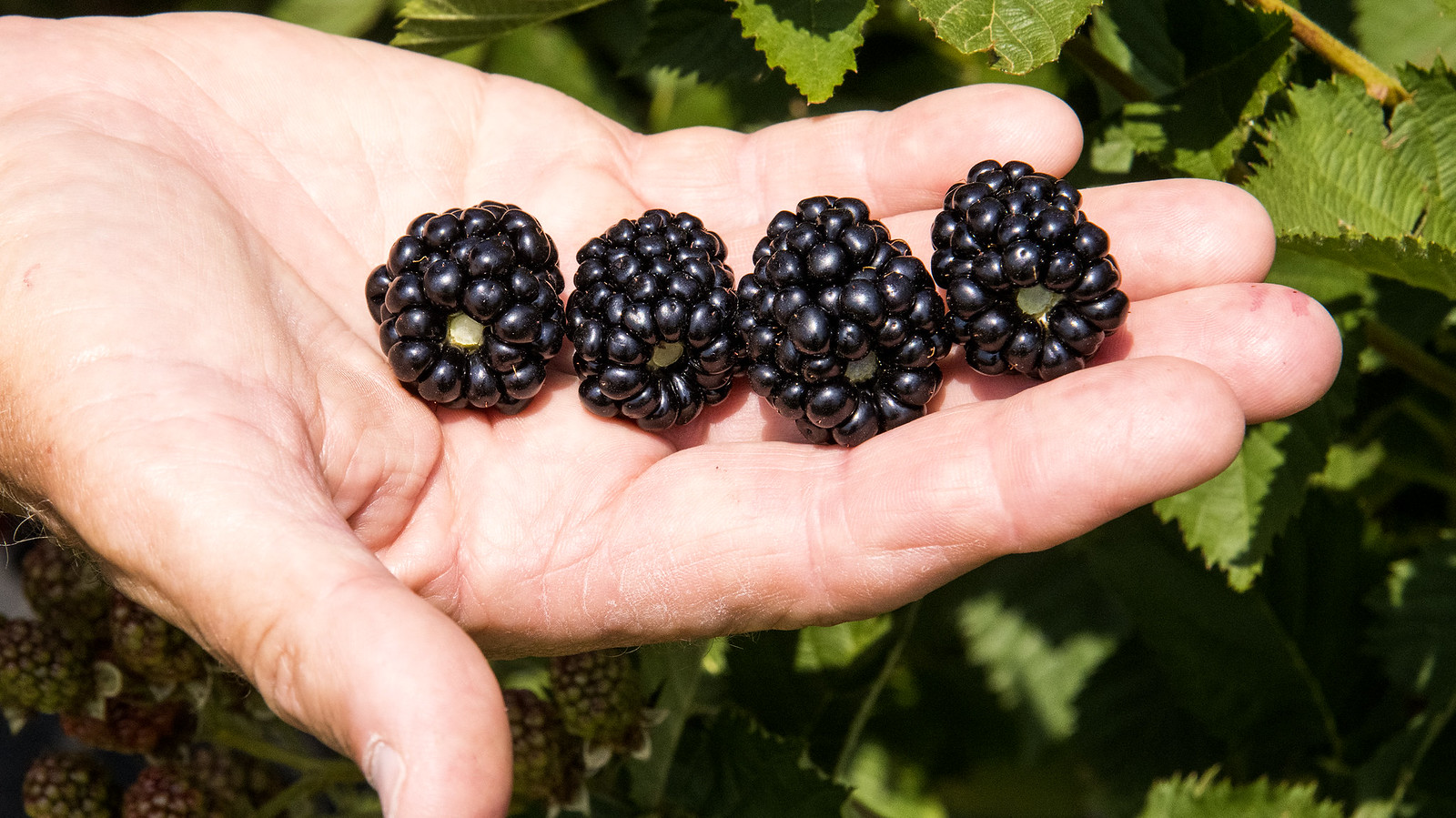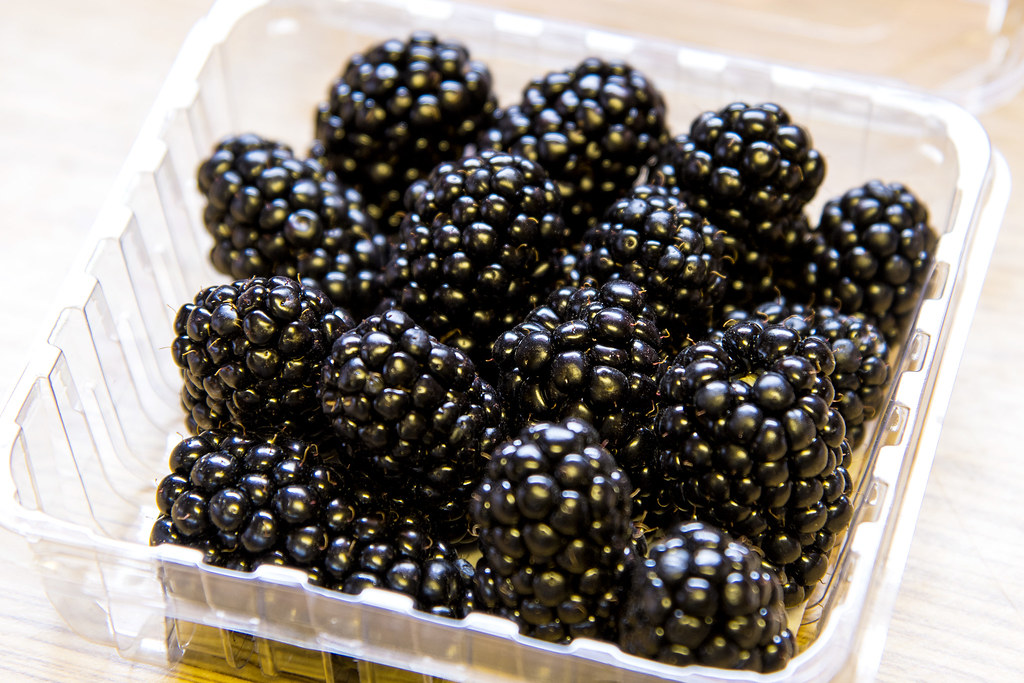Ponca Blackberry has Potential to Change the Blackberry Fresh Market
New blackberry achieves pinnacle of flavor

The Problem
Blackberry production and consumption continue to increase in the United States. Blackberries are enjoyed by many and are routinely consumed also for antioxidant and other beneficial health effects. There is substantial competition in the fruit and more specifically berry category in commercial markets, and consumers have increasing choices. Good flavor and consistency of quality are increasingly required by consumers. The University of Arkansas System Division of Agriculture has been breeding blackberries for over 50 years, and flavor developments have been achieved that have enhanced the enjoyment of blackberry consumption.
The Work
The University of Arkansas System Division of Agriculture has conducted fruit breeding since 1964 and a substantial effort has been in blackberries. Many traits have been improved, including thornless canes, large fruit size, broad adaptation, shipping quality and primocane fruiting. In the last 20 years, an increased focus on flavor has been underway.

The Results
‘Ponca’, a floricane‐fruiting, thornless cultivar, is the 20th blackberry released from the Division of Agriculture’s fruit breeding program and is the most outstanding release from the effort in terms of flavor and berry-to-berry consistency. Its dependably sweet, low‐acid berries grab the attention of all that get to taste the fruit of this new cultivar.
Sweetness or tartness is the first thing consumers notice when they bite into a blackberry. But, as one chews, other fruity flavors begin to emerge. Those are the aromatic qualities that Clark has been working to develop, and that work led to the development of such excellent flavor in Ponca. This variety also ranked highest by a significant margin in taste tests conducted by the Division of Agriculture’s Department of Food Science.
Ponca’s healthy plants, with unique shortened‐internode architecture, offer an opportunity for expanded production for a range of markets.
The Value
Specialty crop production, which includes blackberries, has become increasingly important to U.S. citizens and growers due to a number of factors. From a grower standpoint, potential profits can exceed that of traditional row crops for a number of reasons, including diversity of markets and consumer enjoyment and demand for the crop. Flavor has increased in importance in consumer choice, so improvement of any crop that is directly consumed must have flavor to expand grower profit and consumer enjoyment.
As these cultivars are more widely planted, the potential to expand consumption will be in place, expanding the fresh‐market blackberry industry. The other recent cultivars from the breeding program, ‘Osage’ and ‘Caddo’, round out an exciting group of high‐flavor blackberries.
About the Researcher

John R. Clark
Distinguished Professor, Horticulture Department
- Earned bachelor’s and master’s degrees from Mississippi State University. Clark earned a Ph.D. from the University of Arkansas in 1983.
- Clark leads the Arkansas Agricultural Experiment Station’s fruit breeding and genetics program.
- His research focuses on the breeding and cultivar development of blueberries, blackberries, and grapes. He has developed over 60 varieties of various fruits.


